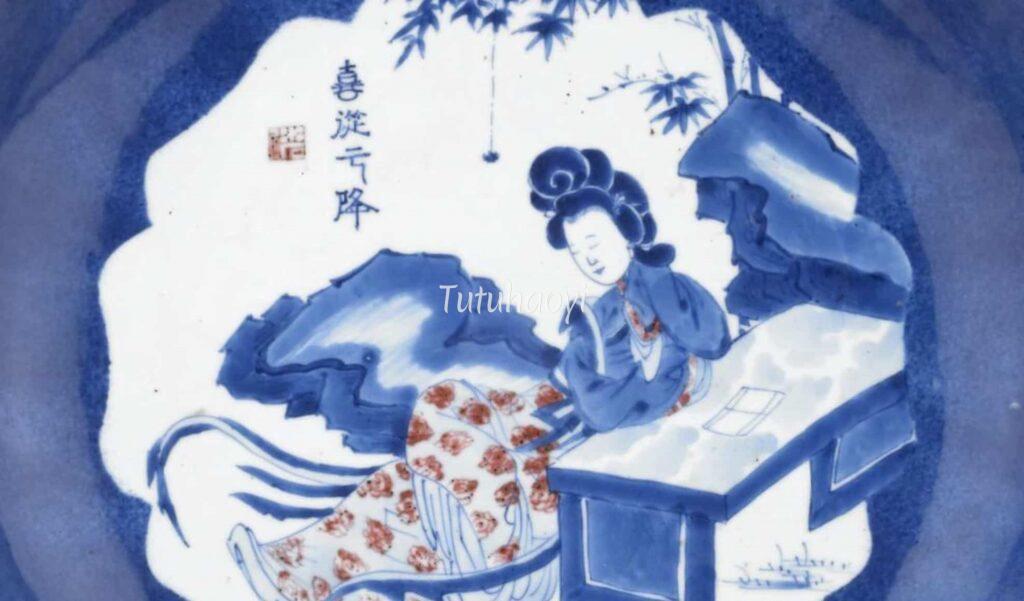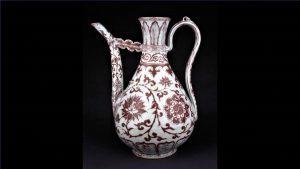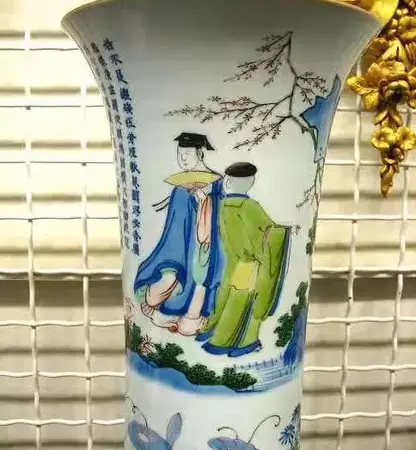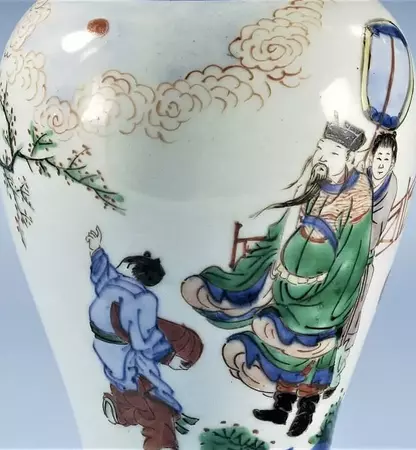Are you afraid of small insects such as spiders? Why do we see this tidy dangling creature a popular motif used in traditional Chinese art? There is a secret here…
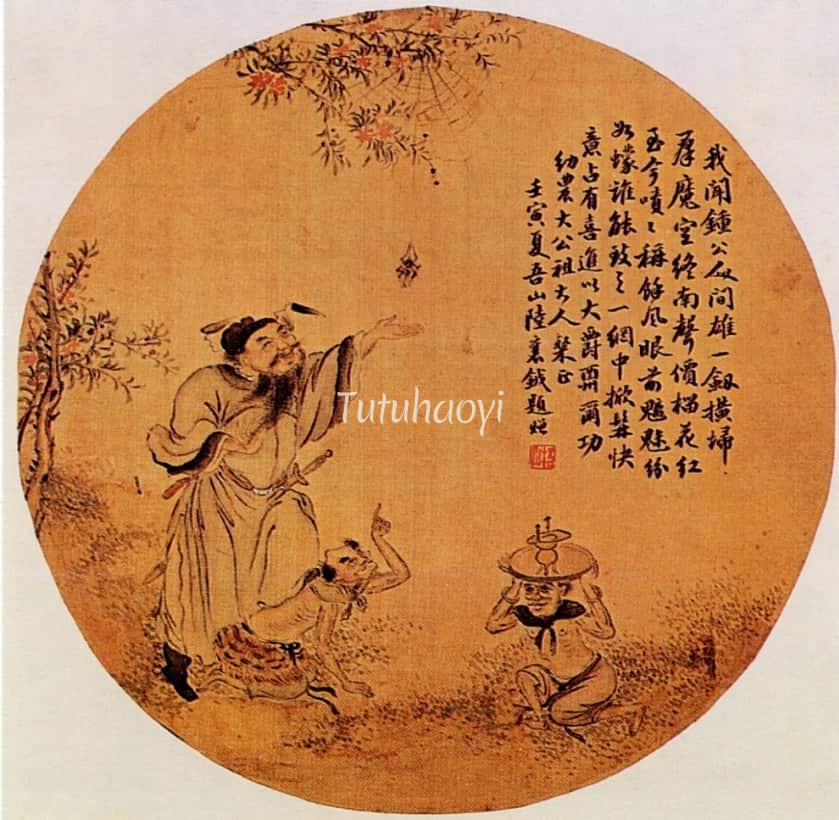
喜从天降 扇面 绢本设色 陆襄钺 (ca 1800-1911) 1902年 宽 24cm 《午日锺馗画特展》 国立历史博物馆编辑委员会编辑 台北市: 国立历史博物馆, 1996, p.50, fig.39
In traditional Chinese art, pun pictures are frequently used in expressing ideas, mainly good wishes. Using spider for example, ‘zhi zhu (蜘蛛, spider)’ has a nickname of ‘xi zi (蟢子)’ or ‘xi zhu (喜蛛)’ in Chinese, meaning the ‘lucky one’ or ‘lucky spider’. Its first character ‘xi 喜(蟢)’ for ‘happiness (good luck)’ is then combined with the phrase ‘cong tian jiang (从天降)’, meaning ‘descending from the sky’. The whole phrase describing the spider’s action in the picture is to convey the meaning ‘pleasant surprise descending on you’.
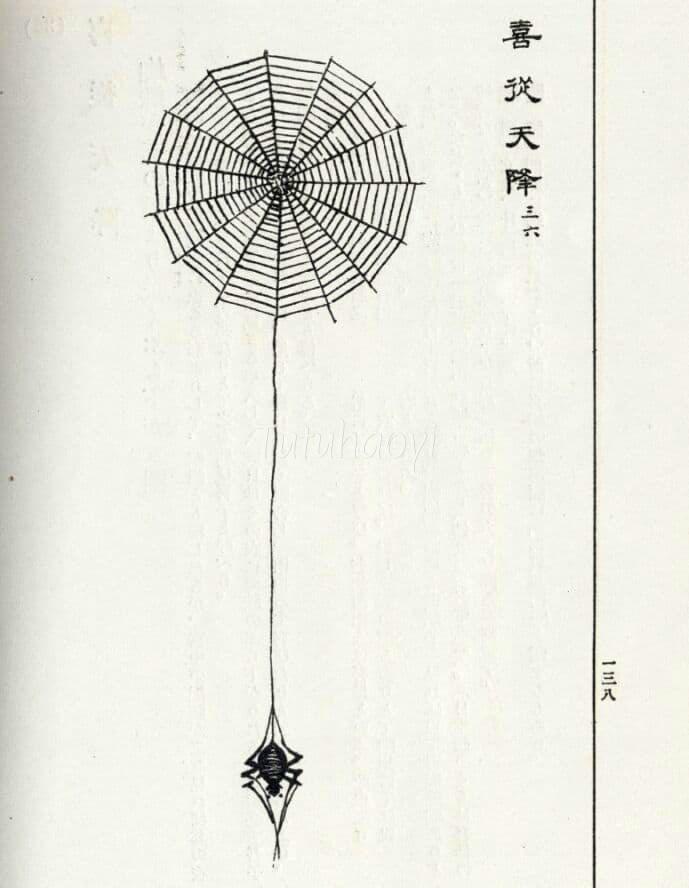
喜从天降插图,野崎誠近:《吉祥圖案解題: 支那風俗の一研究》中國土產公司, 1928,第36图

扇面(局部)绢本设色 南宋(1127-1279)The National Palace Museum Monthly No. 107 p. 16 p.4
Xi Cong Tian Jiang (喜从天降) was first used in Yuan dynasty and has since been used so frequently that it has now become a Chinese proverb.

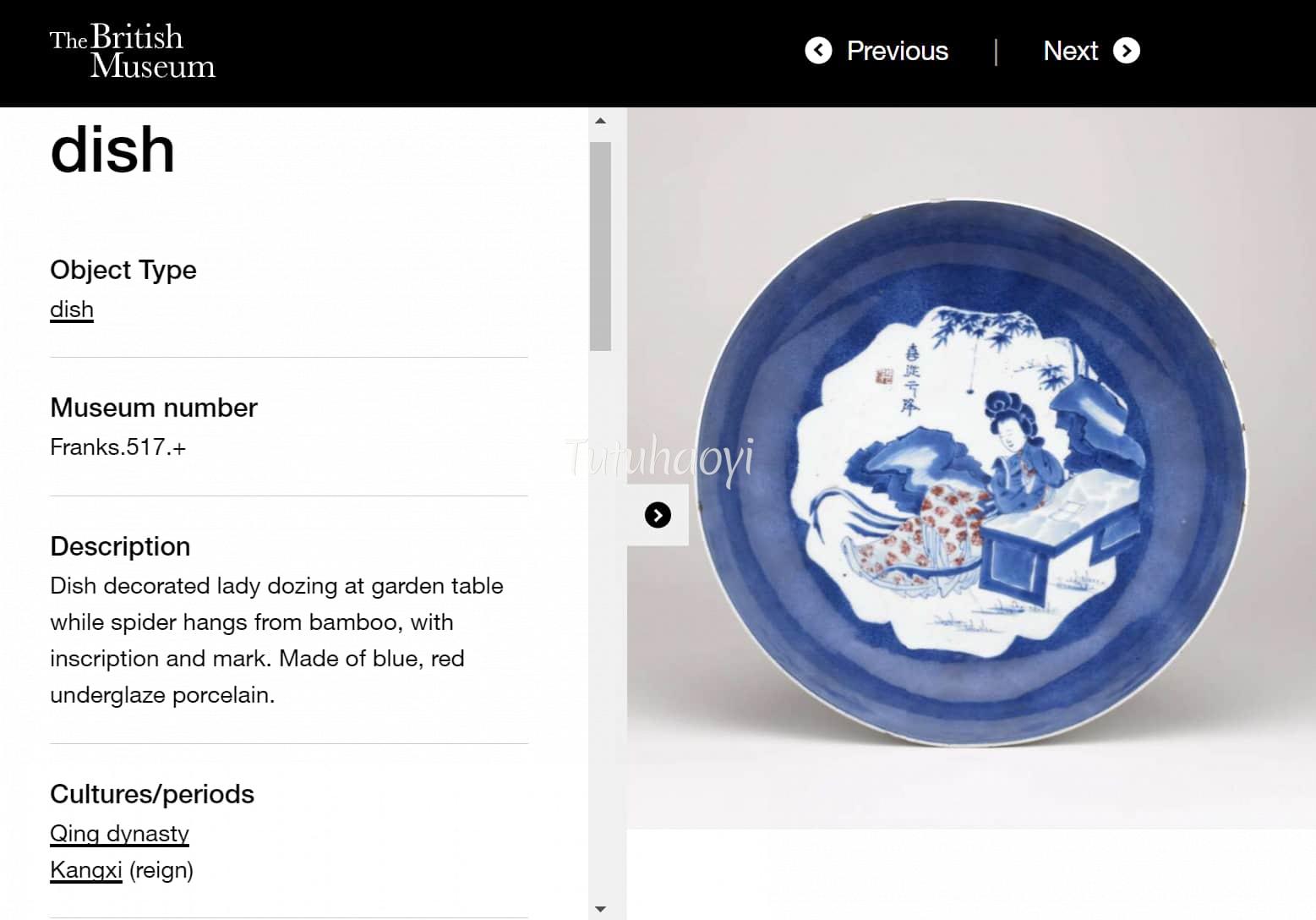
The British Museum has a Kangxi dish (see above) bearing this auspicious pun rebus picture. However, the curator literally describes the pictorial riddle as ‘lady dozing at garden table while spider hangs from bamboo’. An amusing good-wishes gift becomes pearls cast before swine!
The findings and opinions in this article are written by Dr Yibin Ni.
